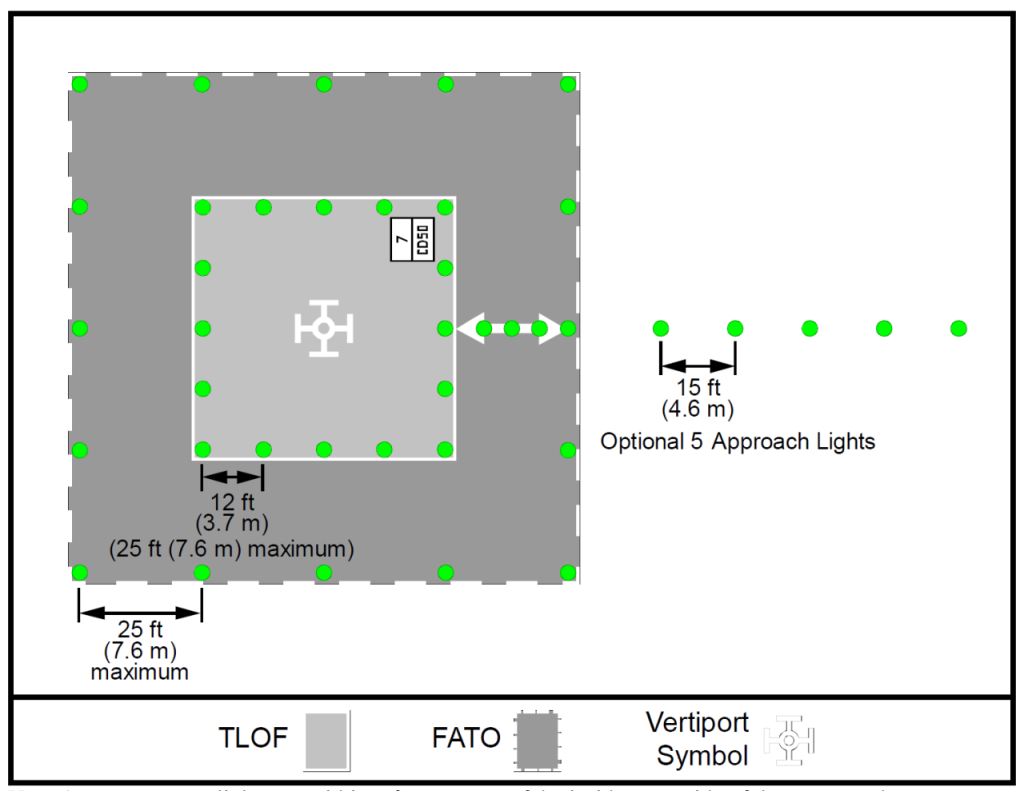
The Federal Aviation Administration (FAA) has issued its first set of guidelines on the construction and layout of future vertiports, providing a critical basis of uniformity for developers of advanced air mobility (AAM) services and infrastructure to work from.
The FAA’s Engineering Brief #105 is a 51-page document that walks planners of vertiports that next-generation AAM aircraft will need for operation through some fairly granular specs on future infrastructure conception. Viewed from a broader angle, however, the guidelines provide the first substantial picture of what regulators believe vertiports should look like, how they’ll be configured, and where they’re likely to be located.
Read: Wisk and Boeing unveil UAM operational roadmap for future air taxis
That wider perspective is framed by the brief’s main sections outlining safety-critical geometry and design elements; lighting, markings, and visual aids; charging and electric infrastructure; establishment of vertiports at existing airports; and the addition of vertiports on the rooftops of structures already built.
In providing those foundational details for designers, builders, and operators of vertiports to work with, the FAA believes its brief offers developers of AAM infrastructure and aircraft a solid, reliable notion of what future regulation will look like as they push their various projects forward.
“Our country is stepping into a new era of aviation,” said FAA associate administrator of airports Shannetta Griffin. “These vertiport design standards provide the foundation needed to begin safely building infrastructure in this new era.”
The FAA’s Engineering Brief (EB) on vertiport design covers a large area of infrastructure conception – from the landing pad markings designating them specifically for AAM use, to requirements facilities remain from 500 to 700 feet away from traditional aircraft runways when added to airports. Recharging assets and placement are similarly mapped out, as are expected AAM activities in rural or remote localities.

But despite the considerable detail into which the FAA’s vertiport guideline goes to give companies in AAM development firmer ground to work from, the agency makes it clear its contents will thicken and lengthen as activity nears the launch phase.
“(L)imited data is available on VTOLaircraft operational characteristics, performance, maneuverability, downwash/outwash impacts, and vertiport obstacle information needs,” the FAA’s introduction notes. “At this time, the Federal Aviation Administration does not have enough validated VTOL aircraft performance data and necessarily is taking a prescriptive and conservative approach with the recommendations in this EB. Vertiport guidance is expected to evolve into a performance-based design standard, potentially with aircraft grouped by their performance characteristics. Consequently, this EB is limited to pilot-on-board, visual flight rule operations, and VTOL aircraft that have the characteristics and performance.”
FTC: We use income earning auto affiliate links. More.




Comments